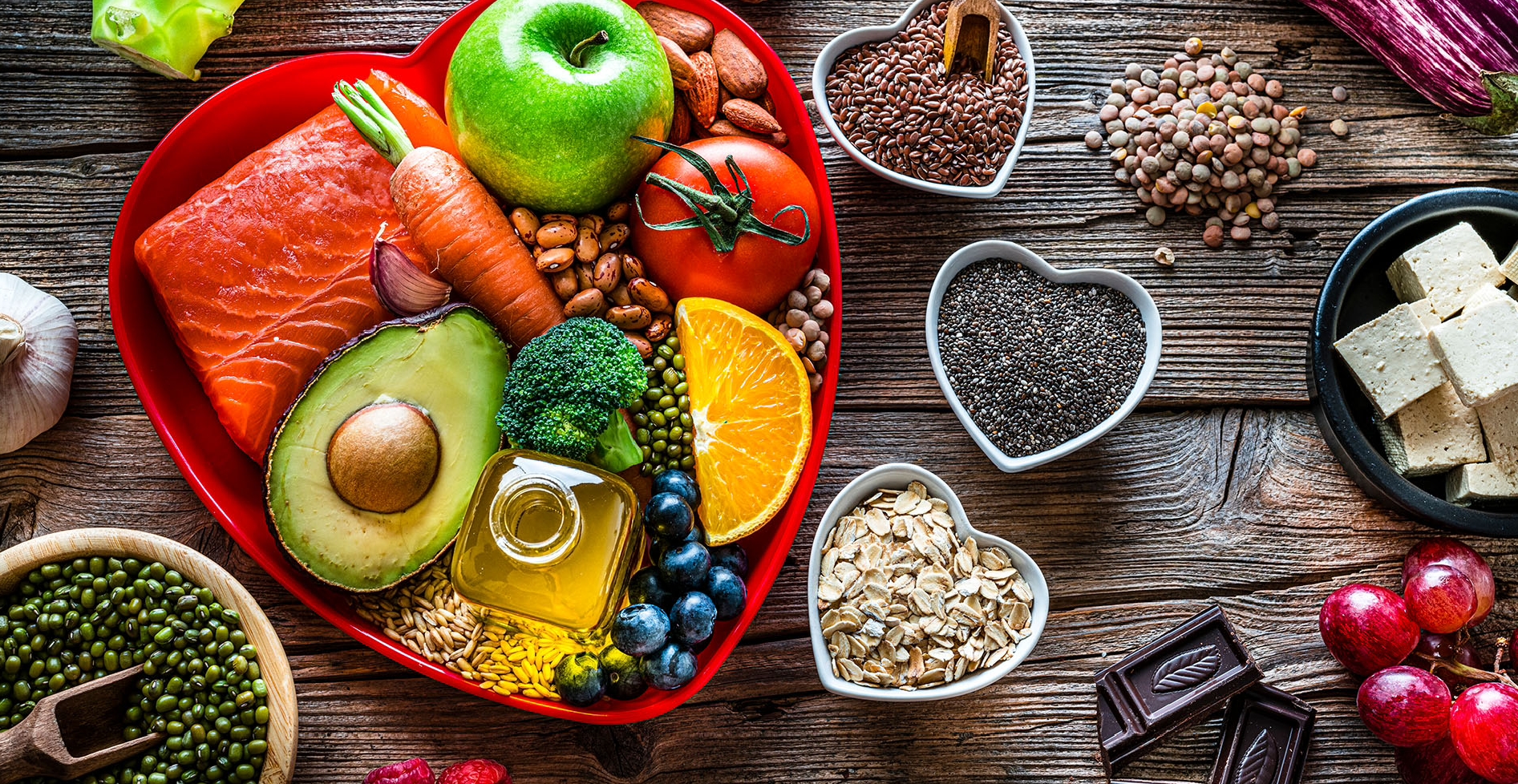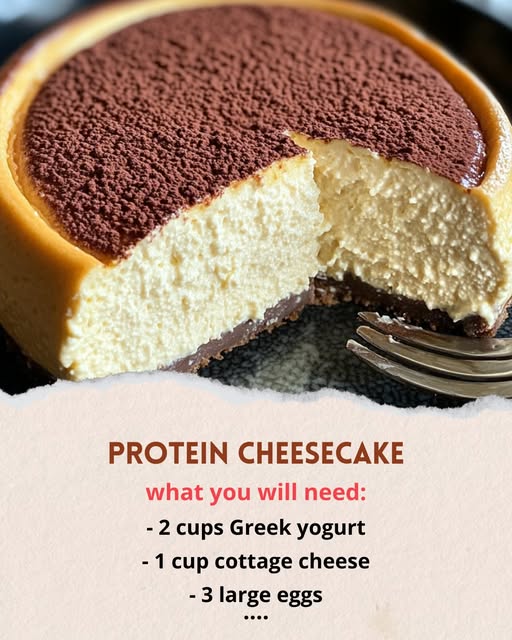Mediterranean Protein Cheesecake
Description
This Mediterranean-style cheesecake swaps in Greek yogurt for a lighter, protein-rich base and balances classic flavors like lemon, honey, and a nutty almond crust. It’s naturally sweetened and perfect for those looking for a healthy, satisfying dessert with a nutrient boost.
⏱️ Time
Prep Time: 15 minutes
Bake Time: 35–40 minutes
Chill Time: 4 hours (or overnight)
Total Time: ~5 hours
Ingredients (Makes 8 slices)
Almond-Honey Crust
¾ cup almond flour
2 tbsp olive oil or melted coconut oil
1 tbsp honey (or monk fruit for low-carb)
Pinch of sea salt
Cheesecake Filling
1 cup full-fat Greek yogurt (or skyr)
8 oz cream cheese (softened)
1 scoop (25–30g) vanilla or unflavored protein powder
2 large eggs
Zest of 1 lemon
2 tbsp lemon juice
2–3 tbsp honey or sugar-free sweetener to taste
1 tsp vanilla extract
Optional Toppings
Chopped pistachios
Fresh figs, berries, or pomegranate seeds
Drizzle of honey or date syrup
Instructions
- Preheat oven to 325°F (160°C). Grease a springform or pie pan.
- Make crust: Mix almond flour, oil, honey, and salt. Press into pan and bake for 8–10 minutes. Cool slightly.
- Make filling: In a large bowl, blend Greek yogurt, cream cheese, protein powder, eggs, lemon zest & juice, honey, and vanilla until smooth.
- Pour into crust. Smooth top with a spatula.
- Bake for 35–40 minutes until edges are set and center jiggles slightly.
- Cool at room temp, then refrigerate for at least 4 hours (or overnight).
- Top and serve: Add fresh fruit, nuts, and a drizzle of honey or syrup before slicing.
Tips for Mediterranean Protein Cheesecake
Use full-fat Greek yogurt for the best creamy texture and richness (or skyr for a firmer bite).
Room temperature ingredients mix better and result in a smoother batter—especially cream cheese.
Don’t overbake! The center should still jiggle slightly—residual heat will finish setting it.
Chill thoroughly (at least 4 hours) for the flavors to meld and the cheesecake to fully firm up.
Use a water bath for a smoother top and fewer cracks (optional but professional).
Sweeten to taste—Mediterranean desserts are often less sweet, so taste the filling before baking.
Top just before serving to keep the crust crisp and presentation fresh.
❓ Q&A
Q: Can I make it crustless?
A: Yes! Just grease your pan well and pour the filling directly in. It will be lower in carbs and still delicious.
Q: What’s a good dairy-free option?
A: Use dairy-free cream cheese and coconut yogurt or almond milk yogurt. Choose a vegan protein powder to keep it consistent.
Q: Can I use another sweetener?
A: Absolutely. Monk fruit, stevia, or erythritol are great for sugar-free versions. Maple syrup or date syrup adds a natural Mediterranean twist.
Q: Can I freeze this cheesecake?
A: Yes. Wrap slices in parchment paper and store in an airtight container for up to 1 month. Thaw overnight in the fridge.
Q: How do I make it more lemony or tangy?
A: Add more lemon zest and an extra tablespoon of lemon juice. You can also use a tangy yogurt like skyr or add a pinch of sumac for a Mediterranean flair.
Q: Can I make it no-bake?
A: Yes! Use gelatin or agar agar to set the filling, and chill it for at least 6 hours. Let me know if you want the no-bake version.
Nutrition (Approx. per slice)
Calories: ~160
Protein: ~14g
Carbs: ~8g (or ~4g net with low-carb sweetener)
Fat: ~9g
Sugar: ~4g (mostly natural)

